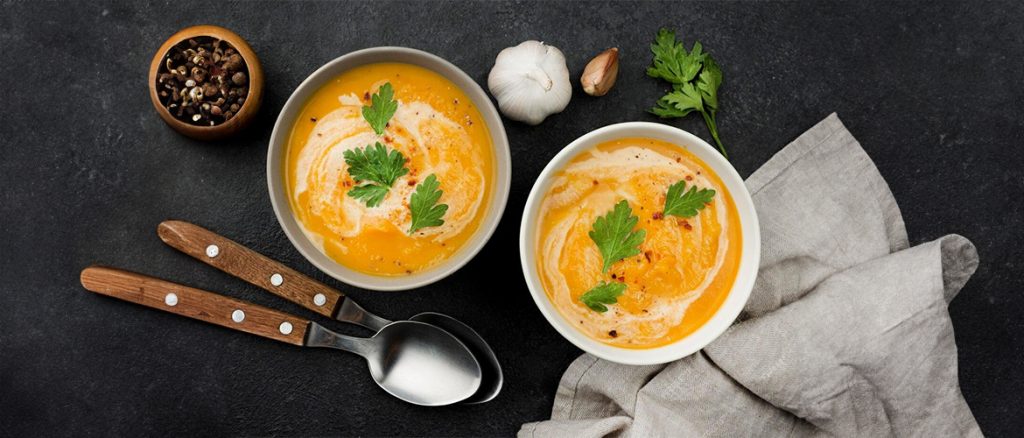- For example, root vegetables like potatoes, carrots, and beets take much to boil so it is better to add them in the beginning.
- For firm veggies like green beans, corn, peppers, and celery 20 mins is enough to boil them.
- If you have greens and soft veggies like squash, add them a few minutes before you bring them off the stove.
5 Common Mistakes Made While Making Soup

With a limited number of ingredients, soups may sound quite simple and instant, but they are kind of complicated. You cannot make soup by just adding ingredients to one pan and boiling them. From choosing the right ingredients to setting the flame level, making soup requires a lot of time. While knowing how to do it, you must also know the ‘not-to-do things’ to get the perfect soup. Read on to learn the 5 common mistakes you should avoid while making soup.
Overcooking the Vegetables
Besides diffusing healthy nutrients into the soups, vegetables add more aroma and taste. Having the bite-sized crunchy veggie in the soup will make you sip it again and again. However, if you want fresh bites, the vegetables should not be overcooked or undercooked. So, it is important to understand the boiling point of every vegetable.
